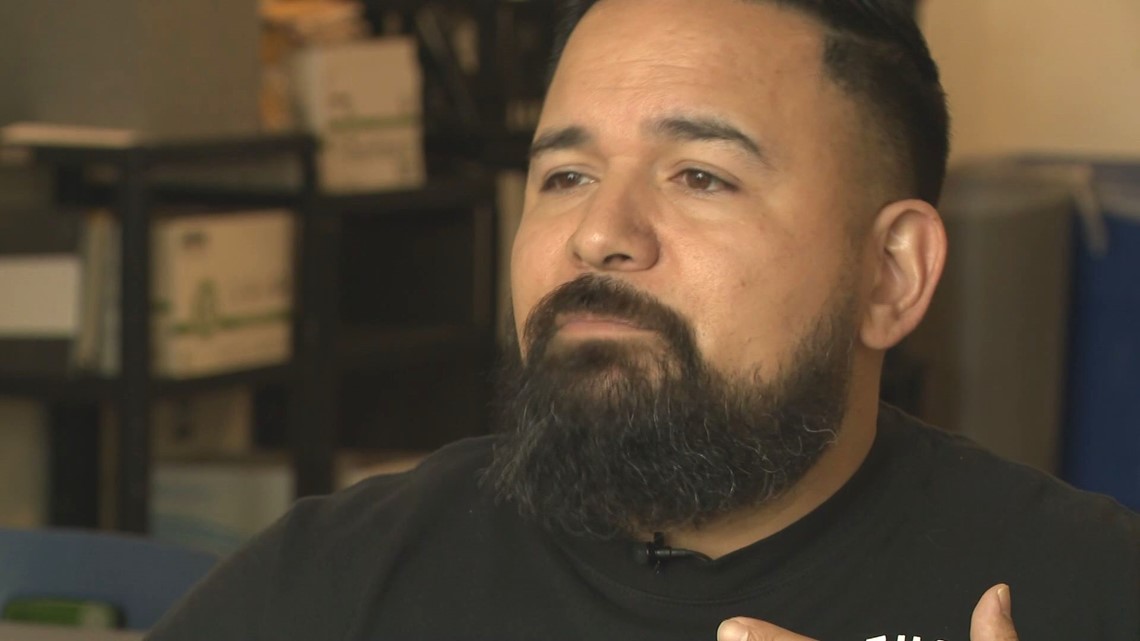SALEM, Ore. — Students across Oregon are missing more school and staff in the state's second largest school district are struggling to deal with chronic absences.
At Salem-Keizer Public Schools, 48% of students were chronically absent last school year, according to a study by the American Enterprise Institute, which researches education issues. For comparison, in 2019, the study found 26% of Salem-Keizer students were chronically absent.
If students miss 10% of a school year, or 18 days in most districts, they are classified as chronically absent.
"We got to do something about it, and we got to get creative about that," Ricardo Larios, the principal of Stephens Middle School said. "If you miss a lot of days of school over time ... for some students, it could equal — by the time they're 12th graders — they've missed a full year of school."
Other Oregon school districts are dealing with the same issues. At Portland Public Schools, the largest school district, 36% of students were chronically absent last school year. In Lake Oswego, one of the wealthiest school districts in Oregon, 23% of students were chronically absent last year, a spike from 10% of students pre-pandemic.
"Each student is different. Each family is going through their own trials," Beverly Nuno, a community school outreach coordinator with Salem-Keizer, said.
Interactive infographic. Hover over bars to see data. Mobile users, tap here for chart. Story continues below.
Reasons for student absences vary. In Salem-Keizer, Nuno said some families face financial issues. For other families, students are staying home to take care of younger siblings. Other students may not come to school because they don’t have clean clothes.
Employees said the pandemic also changed how kids interact, with some becoming more socially anxious.
"I don't think students feel comfortable being around large groups," Nancy Serrano, a Salem-Keizer graduation coach said.
To combat the trend, school employees are calling and sending letters to homes of students who are chronically absent.
If that strategy isn’t effective, workers drive to homes and knock on doors.
"Our goal this year is to just try different things than we have in the past," Larios said.


Still, the uptick in chronic absences comes after truancy courts have been paused. In 2021, Oregon lawmakers removed truancy fines for families. The threat of fines could help reduce some absences, Larios said.
"Ideally, yes, if we had our state partners and those kinds of systems set up and up and running, that is another avenue, another tool that we could use to help,” Larios said. “But if that's not happening, we can't wait for the courts to open up again."
Workers add truancy fines aren’t the only thing that could help curb the problem.
"The times right now are tough with the cuts we're going to have, but we need more employees to connect with the students directly," Nuno said.
KGW reached out to the governor’s office, asking if there were any conversations to review truancy fines in future legislative sessions. We have not yet received a response.

